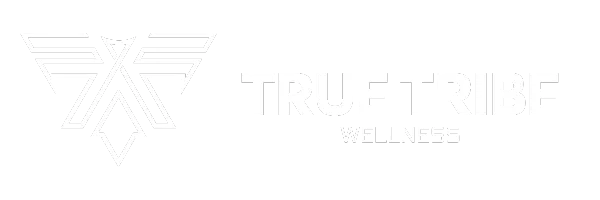Discover the Path
to True Wellness
ABOUT US
Where innovation meets empowerment on the path to a better life.
Through our innovative and thought-provoking articles, curated content, and expert advice, we delve into a wide range of topics that encompass the full spectrum of wellness. From nutrition and fitness to mindfulness and self-care, we explore the latest research, trends, and practices to help you optimize your well-being and unlock your true potential.

Our Recent Wellness Posts

Accelerate Muscle Recovery and Prevent Injury: Essential Tips and Techniques
Muscle recovery and injury prevention are key components of any successful workout routine. Proper recovery not only helps to repair and rebuild muscle tissue but also reduces the risk of injuries that could sideline your fitness progress. Here are several effective strategies to speed up muscle recovery and keep your body in optimal condition for exercise.
1. Implement Effective Stretching Techniques
Stretching is an essential part of any workout regimen. It helps to improve flexibility, reduce muscle tightness, and lower the risk of injury. Incorporate both dynamic and static stretching into your routine:
Dynamic Stretching: Perform these stretches before your workout to warm up your muscles and prepare them for exercise. Examples include leg swings, arm circles, and walking lunges.
Static Stretching: After your workout, static stretching can help to relax your muscles and increase flexibility. Focus on holding each stretch for 15-30 seconds, targeting major muscle groups such as the hamstrings, quadriceps, and shoulders.
2. Utilize Foam Rolling and Self-Massage
Foam rolling, also known as self-myofascial release, helps to alleviate muscle soreness and improve blood flow. By rolling a foam roller over your muscles, you can release tension and break up knots in the fascia, the connective tissue surrounding your muscles. Aim to foam roll for about 1-2 minutes on each muscle group after your workout.
Additionally, using a massage gun can offer similar benefits. These devices provide targeted percussion therapy to help reduce muscle tightness and promote faster recovery.
3. Prioritize Proper Nutrition
Nutrition plays a critical role in muscle recovery. Consuming the right nutrients after exercise can help repair muscle tissue and replenish energy stores. Focus on:
Protein: Essential for muscle repair and growth. Include sources such as lean meats, eggs, dairy products, and plant-based proteins.
Carbohydrates: Replenish glycogen stores depleted during exercise. Opt for whole grains, fruits, and vegetables.
Hydration: Staying hydrated helps to prevent muscle cramps and maintain overall bodily functions. Drink plenty of water throughout the day and consider electrolyte-rich beverages if you've had an intense workout.
4. Incorporate Active Recovery
Active recovery involves engaging in low-intensity activities on rest days to promote blood flow and aid in muscle recovery. Activities such as walking, cycling, or gentle yoga can help keep your body moving without putting additional strain on your muscles.
5. Get Adequate Rest and Sleep
Rest and sleep are crucial for muscle recovery. During sleep, your body produces growth hormone, which is essential for muscle repair. Aim for 7-9 hours of quality sleep each night to support optimal recovery and overall health.
6. Use Supportive Fitness Equipment
Investing in high-quality fitness equipment can enhance your workout experience and aid in recovery. For instance, resistance bands, stability balls, and balance pads can be used for various exercises and stretches to target different muscle groups. To find top-notch fitness equipment that can support your recovery and training needs, consider exploring Muscle Engineering.
7. Practice Good Form and Technique
Ensuring proper form during exercises is vital for preventing injuries. Poor technique can lead to strain and overuse injuries. Take the time to learn the correct form for each exercise and consider working with a fitness professional if needed.
8. Monitor and Address Overtraining
Overtraining can lead to decreased performance, increased risk of injury, and prolonged recovery times. Listen to your body and adjust your workout intensity and frequency as needed to avoid overtraining. Incorporate rest days and vary your workout routine to allow your muscles time to recover.
Incorporating these strategies into your fitness routine can help accelerate muscle recovery and prevent injuries, ensuring you stay on track with your goals. Remember, investing in quality fitness equipment from Muscle Engineering can further support your recovery and performance needs.
One or more of the links above are affiliate links, meaning, at no additional cost to you, we will earn a slight commission if you click through and make a purchase. Each of these products is chosen by a trusted member of our team.
Email: partnerships@truetribewellness.com
Social Media: @TrueTribeWellness

